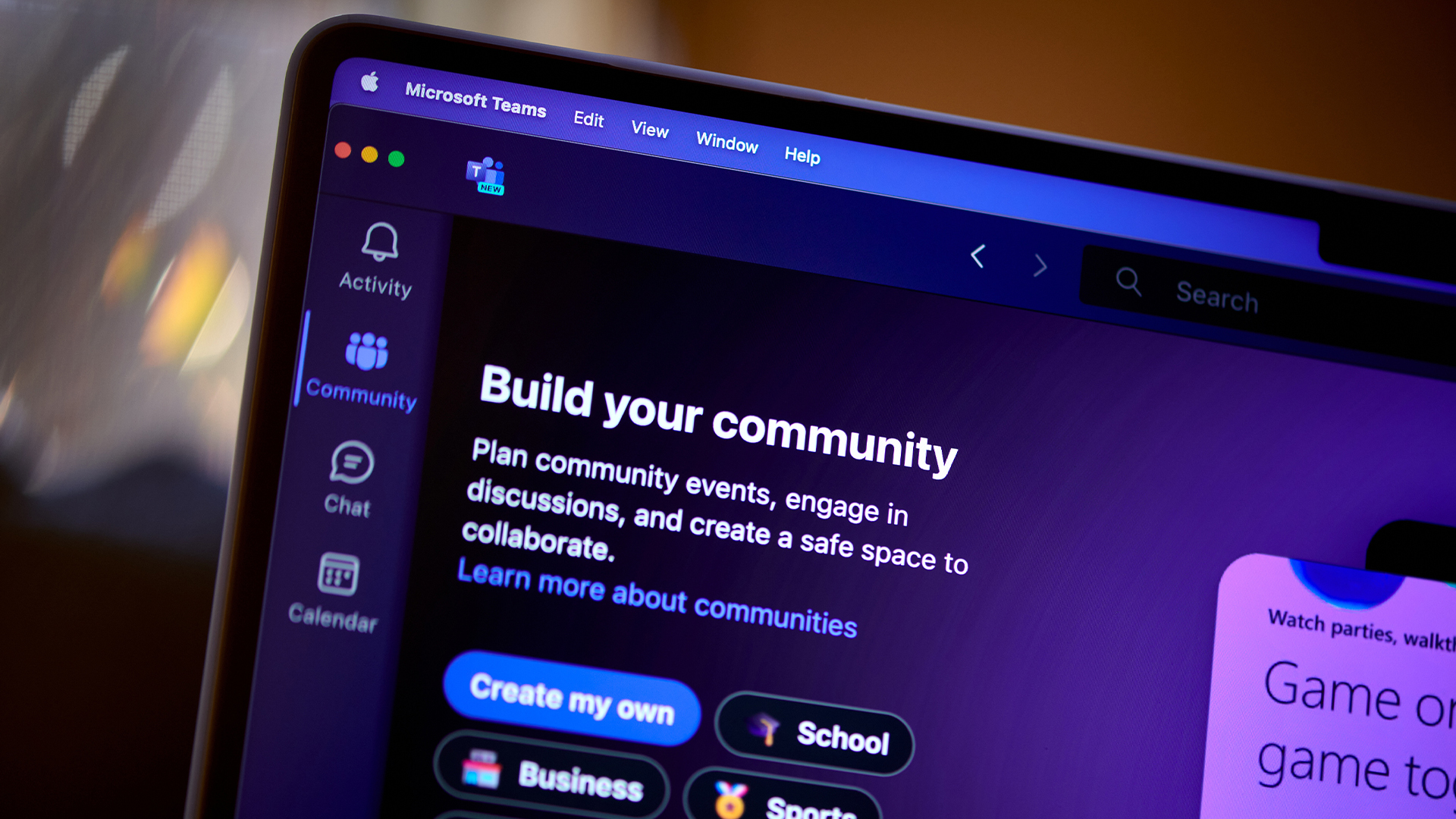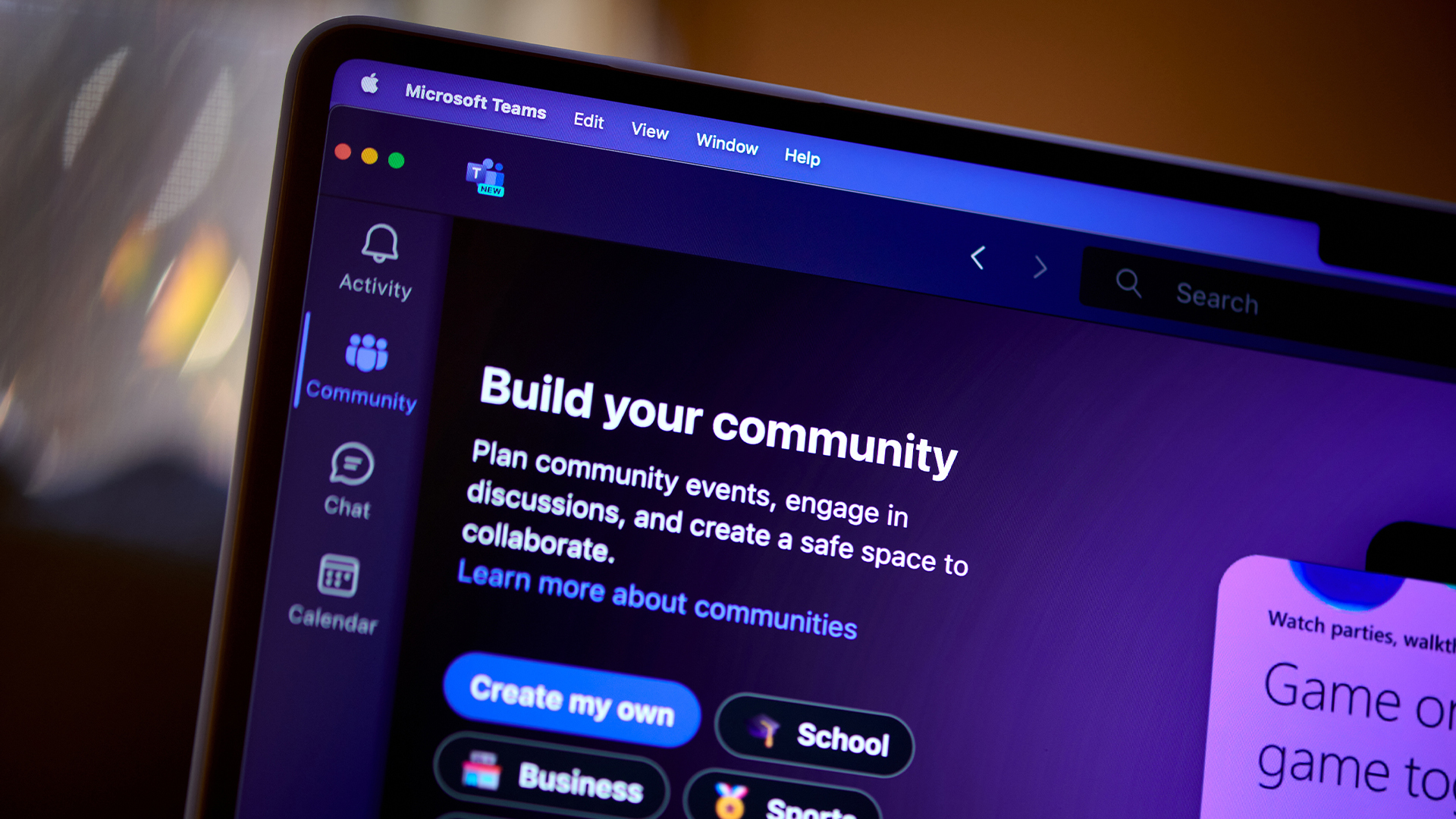Microsoft issues warning over potent malware strain developed by Iranian threat actor
The Iranian state-backed hacking group has continued its usual password spraying and social engineering techniques to gain a foothold in target environments


Microsoft has published information on a highly concerning malware campaign being carried out by suspected Iranian state-backed threat group, Peach Sandstorm.
Between April and July 2024, Microsoft’s threat intelligence arm observed the collective deploying a newly developed custom multi-stage backdoor, which it has dubbed Tickler.
The malware has been used to target businesses operating in the satellite, communications equipment, oil and gas, and government sectors in the US and UAE.
Microsoft analyzed two samples of the malware that were deployed in compromised environments as recently as July 2024. The first of which was found in an archive file named Network Security.zip hidden amongst numerous benign PDF files.
The malware collects network information from the host environment and passes it back to the attacker's C2 URI via a HTTP POST request, which Microsoft speculated was to help the attacker orient themselves on the network.
Microsoft observed the group iterating and improving on the initial malware sample, with a second iteration, sold.dll, described as a Trojan dropper.
Functionally identical to the original version, the second sample downloads additional paloads from the C2 server, including a backdoor, a batch script to ensure the backdoor is persistent on the network.
Sign up today and you will receive a free copy of our Future Focus 2025 report - the leading guidance on AI, cybersecurity and other IT challenges as per 700+ senior executives
The malware also downloads a series of legitimate files, likely used for DLL sideloading purposes, according to the report.
Microsoft added that the group had leveraged Azure infrastructure in fraudulent, attacker-controlled Azure subscriptions for command-and-control. This included creating Azure tenants using Outlook email accounts and generating Azure for Student subscriptions using these tenants.
The report noted other Iranian hacking groups, including Smoke Sandstorm, had been observed using similar techniques in recent months.
Peach Sandstorm continues password spraying campaign to gain initial access
Microsoft has tracked Peach Sandstorm’s activity intently in recent years, noting the organization has demonstrated an interest in organizations in the defense, communications, and healthcare industries.
The group’s previous campaigns relied on password spraying attacks as an initial access vector, employing the technique since at least February 2023 according to the report.
The latest update from Microsoft stated the operation has continued to leverage this technique against organizations in the educational sector for “infrastructure procurement”, as well as the satellite, government, and defense sector for intelligence collection – the group’s primary objective.
Peach Sandstorm has also been observed deploying social engineering attacks in order to gain initial access.
Going back to at least November 2021, Microsoft tracked the group using multiple fake LinkedIn profiles, purporting to be students, developers and talent acquisition managers based in the US and Western Europe.
“Peach Sandstorm primarily used them to conduct intelligence gathering and possible social engineering against the higher education, satellite sectors, and related industries,” the report added.
Microsoft said the identified LinkedIn accounts were reported to the social network and were subsequently removed from the platform.
Once Peach Sandstorm gains access to an organization’s environment, the group is known to perform lateral movement techniques.
For example, Microsoft referred to a recent incident where, after compromising a European defense organization, the group moved laterally via the server message block (SMB) protocol. SMB is described as a lateral movement technique used to move between compromised devices on a network.

Solomon Klappholz is a former staff writer for ITPro and ChannelPro. He has experience writing about the technologies that facilitate industrial manufacturing, which led to him developing a particular interest in cybersecurity, IT regulation, industrial infrastructure applications, and machine learning.
-
 Gender diversity improvements could be the key to tackling the UK's AI skills shortage
Gender diversity improvements could be the key to tackling the UK's AI skills shortageNews Encouraging more women to pursue tech careers could plug huge gaps in the AI workforce
-
 Researchers claim Salt Typhoon masterminds learned their trade at Cisco Network Academy
Researchers claim Salt Typhoon masterminds learned their trade at Cisco Network AcademyNews The Salt Typhoon hacker group has targeted telecoms operators and US National Guard networks in recent years
-
 Microsoft Teams is getting a new location tracking feature that lets bosses snoop on staff – research shows it could cause workforce pushback
Microsoft Teams is getting a new location tracking feature that lets bosses snoop on staff – research shows it could cause workforce pushbackNews A new location tracking feature in Microsoft Teams will make it easier to keep tabs on your colleague's activities – and for your boss to know exactly where you are.
-
 Microsoft opens up Entra Agent ID preview with new AI features
Microsoft opens up Entra Agent ID preview with new AI featuresNews Microsoft Entra Agent ID aims to help manage influx of AI agents using existing tools
-
 A notorious ransomware group is spreading fake Microsoft Teams ads to snare victims
A notorious ransomware group is spreading fake Microsoft Teams ads to snare victimsNews The Rhysida ransomware group is leveraging Trusted Signing from Microsoft to lend plausibility to its activities
-
 CISA just published crucial new guidance on keeping Microsoft Exchange servers secure
CISA just published crucial new guidance on keeping Microsoft Exchange servers secureNews With a spate of attacks against Microsoft Exchange in recent years, CISA and the NSA have published crucial new guidance for organizations to shore up defenses.
-
 CISA issues alert after botched Windows Server patch exposes critical flaw
CISA issues alert after botched Windows Server patch exposes critical flawNews A critical remote code execution flaw in Windows Server is being exploited in the wild, despite a previous 'fix'
-
 Microsoft issues warning over “opportunistic” cyber criminals targeting big business
Microsoft issues warning over “opportunistic” cyber criminals targeting big businessNews Microsoft has called on governments to do more to support organizations
-
 A terrifying Microsoft flaw could’ve allowed hackers to compromise ‘every Entra ID tenant in the world’
A terrifying Microsoft flaw could’ve allowed hackers to compromise ‘every Entra ID tenant in the world’News The Entra ID vulnerability could have allowed full access to virtually all Azure customer accounts
-
 Microsoft and Cloudflare just took down a major phishing operation
Microsoft and Cloudflare just took down a major phishing operationNews RaccoonO365’s phishing as a service platform has risen to prominence via Telegram